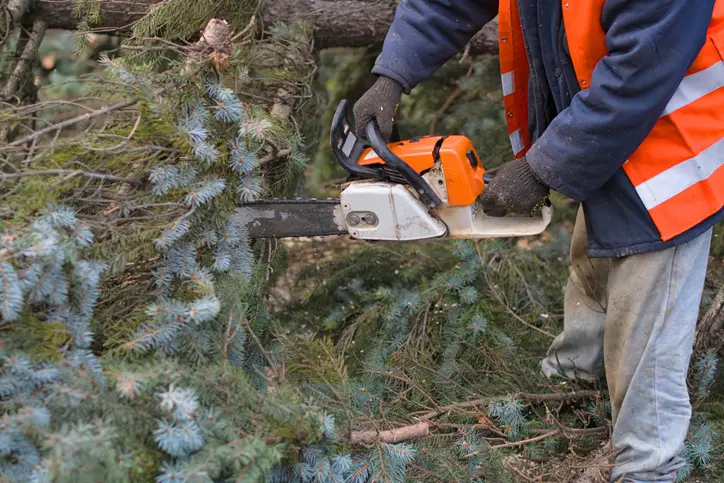Essential Steps in Tree Removal for Large-Scale Projects
Navigating the Process of Clearing Large Areas Safely
Managing large-scale projects often involves clearing significant areas of land, which requires careful planning and execution. When it comes to removing trees on such a scale, understanding the essential steps can make a huge difference. From evaluating the site to following safety protocols, each step is critical. This guide will walk you through important considerations and strategies for handling extensive tree-clearing endeavors efficiently.

Evaluating Project Needs and Site Conditions
The first step in any major project is assessing the overall needs and site conditions. You need to identify which trees are necessary to remove based on your project plans. Different trees provide various challenges; some might be diseased or dead, while others may simply obstruct construction paths. Assessing the site’s landscape helps determine what specific actions are required for successful tree removal.
Strategizing Efficient Equipment Use
Once you have evaluated the site, consider the equipment needed to carry out the task. For large-scale operations, machinery like cranes, chainsaws, and wood chippers are often employed. Selecting the right tools ensures efficiency and safety during the tree removal process. It’s crucial to choose equipment that can handle the size and type of trees being removed without causing unnecessary delays or hazards.

Implementing Safe Working Practices
Safety should always be a top priority when undertaking large-scale tree removal. Proper training for all team members is essential. Workers must wear protective gear, including helmets, gloves, and boots. Regular safety briefings can help remind everyone of potential risks and proper procedures. Creating an environment focused on safety minimizes accidents and enhances overall productivity.
- Always conduct safety briefings before starting work.
- Ensure all workers wear appropriate safety gear.
- Regularly inspect equipment for maintenance needs.
Managing Debris and Environmental Impact
After cutting down trees, managing debris becomes a priority. Depending on local regulations, options may include recycling wood or repurposing it for other uses like mulch. Consider environmental implications and incorporate sustainable practices whenever possible. Effective debris management not only improves site cleanliness but also supports eco-friendly operations.
Complying With Local Regulations
Every region has its own set of regulations governing large-scale projects, including those involving tree removal. Before commencing work, familiarize yourself with these requirements to avoid fines and legal issues. Compliance with local laws ensures that your project proceeds smoothly without unnecessary complications from regulatory bodies.
- Consult local authorities about specific permits required.
- Adhere to zoning laws related to land use changes.
- Follow guidelines for protected species if applicable.
Calculating Costs and Budget Management
Budgeting plays an important role in any large-scale project. Consider costs associated with equipment rental, labor, permits, and waste disposal. Identifying these expenses ahead of time allows better financial planning and reduces unforeseen expenditures during the project’s course. Balancing quality services within budget constraints maximizes resource utilization.
Recommendations for Successful Completion
Your success depends on thorough planning and execution of each stage of the process. Start by understanding local regulations in Sparta, GA and leverage expertise from reputable companies like UI Land Excavation, Clearing and Grading Service. Reach out at (706) 749-6216 for personalized guidance tailored to your unique needs.